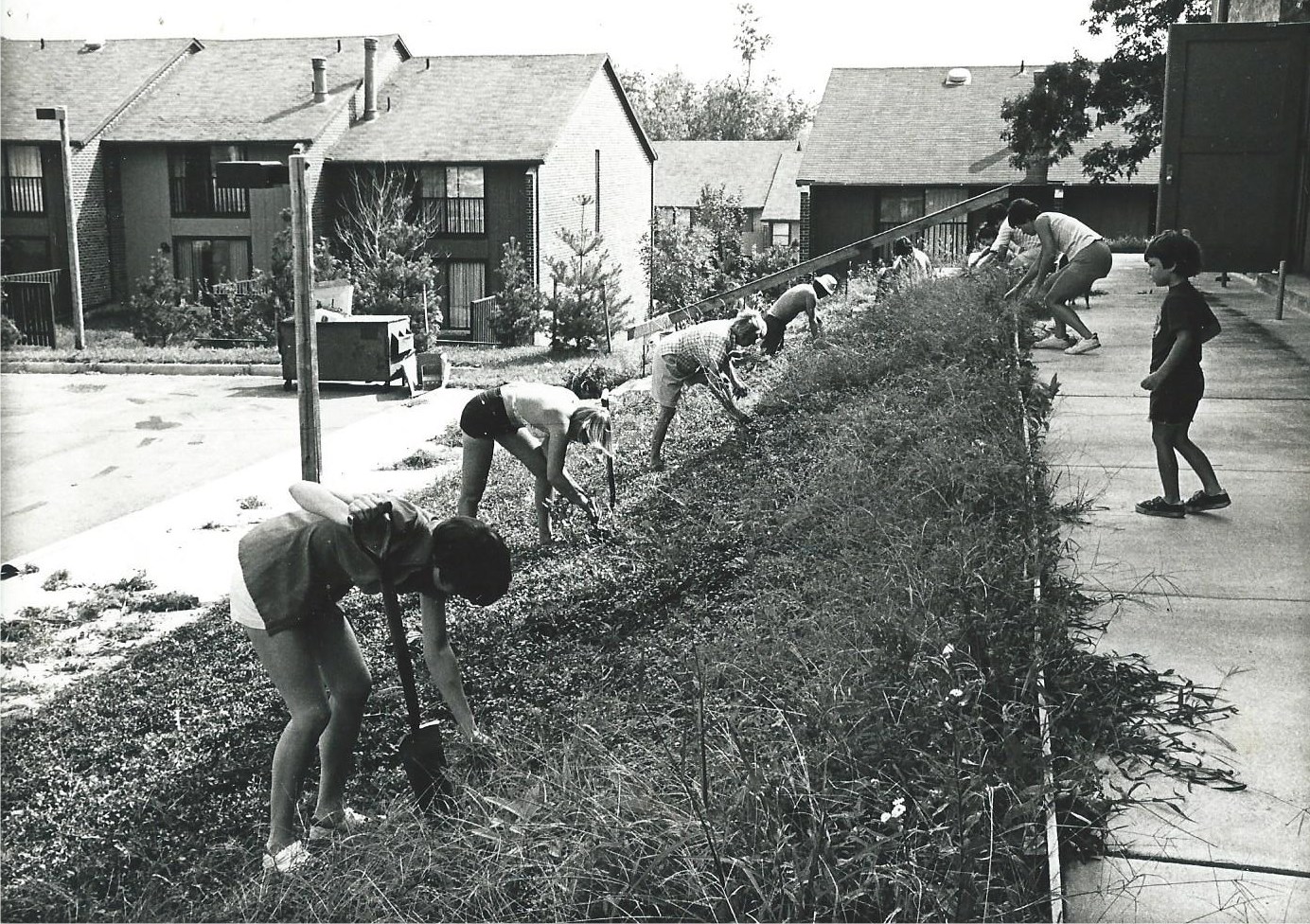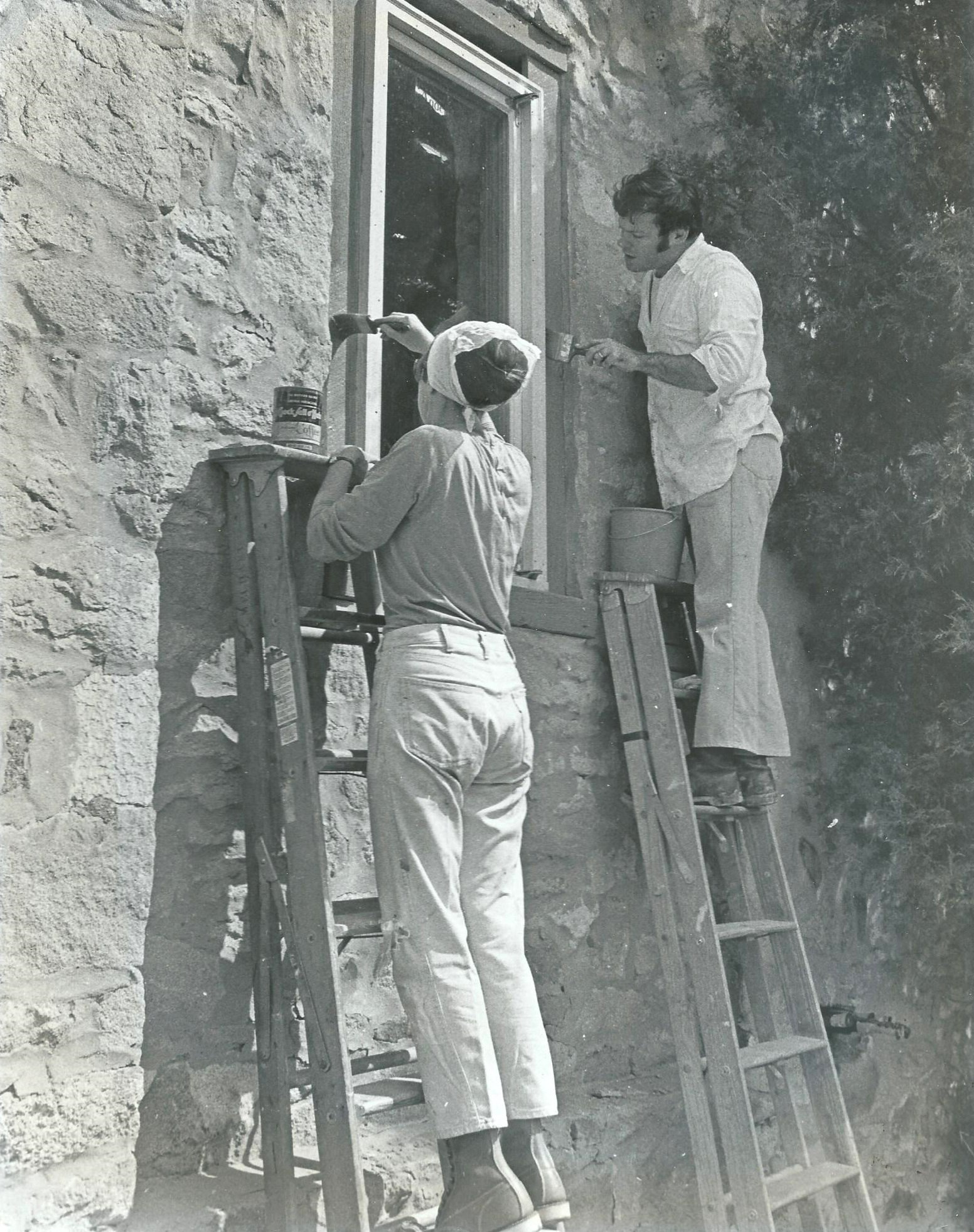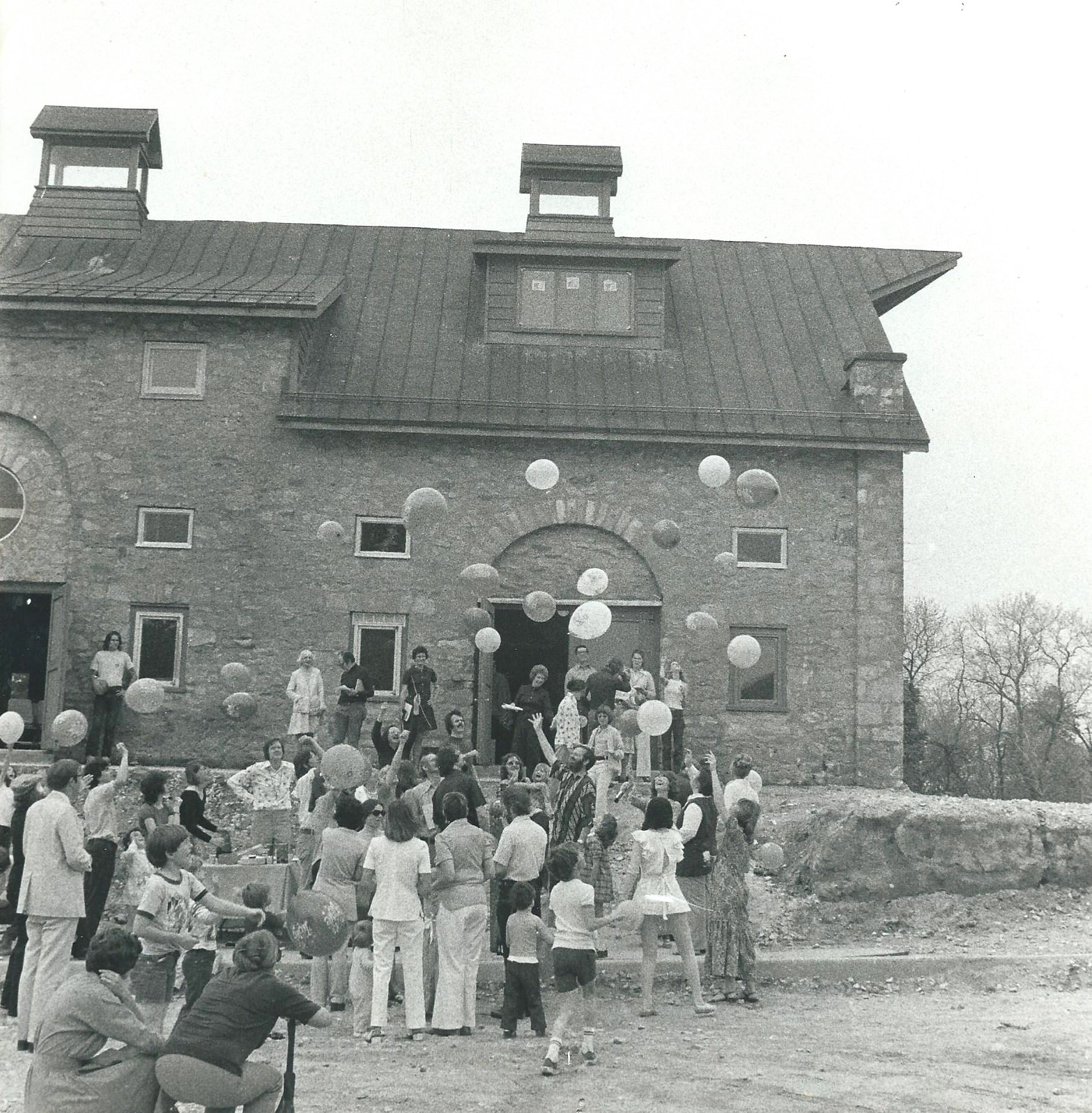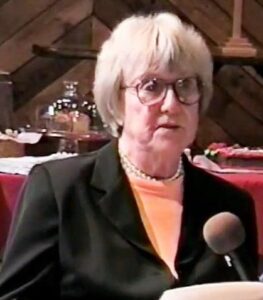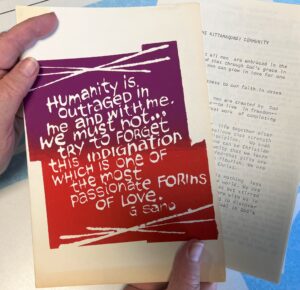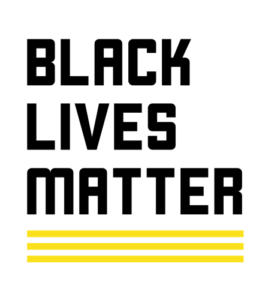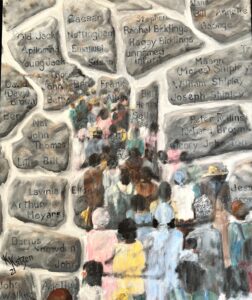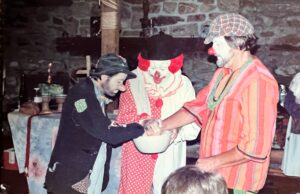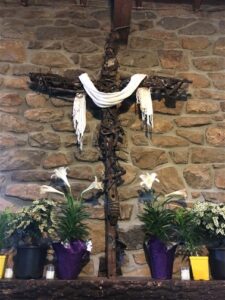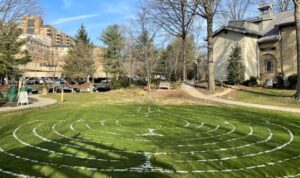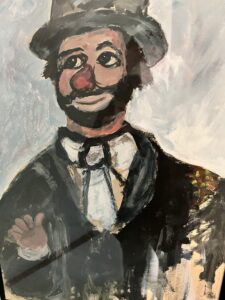THIS IS OUR 55+YEAR HISTORY (KC photos by Wally Howard)
Our church was envisioned and founded by a group of people who had been attending the Church of the Saviour in Washington, DC.
After much discussion and prayer, they answered the call of God in their lives and formed a "coffee house" church in the new town of Columbia, Maryland.
At first, the group met in private homes. But as word spread, more people wanted to be part of this unique worship experience. So they moved to King's Contrivance Restaurant, where on January 5, 1969, the new Kittamaqundi Community Church held its first public worship service. 
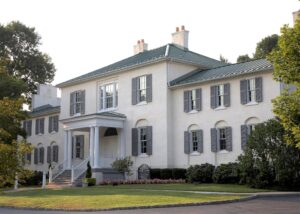
Later that year, the congregation moved to Oakland Manor in Columbia's Town Center, where services were held over the next three years.
Click the photo to see Libby Rouse,
one of our KC founders, recall
those early days.
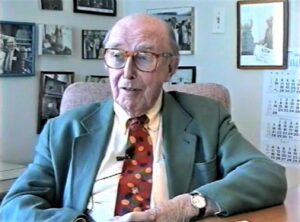 Click this photo to see Jim Rouse,
Click this photo to see Jim Rouse,
Columbia's founder, talk about how
KC envisioned a "new kind of church."
During KC's first decade, people attending the Sunday worship services were treated to printed bulletins featuring original designs by visionary graphic artist Wes Yamaka. He also co-founded the "Eye of the Camel," Columbia's first art gallery, located in an old stone building adjacent to Oakland Manor.
Click the photo to see Wes talk about what inspired him to create these beautiful silk screen drawings.
The historic setting of Oakland Manor notwithstanding, KC still needed a permanent home. That was to be a ramshackle old carriage house across the street, owned by the Town of Columbia but sitting vacant and in great need of repair. The church purchased the building and adjacent land in 1972, and plans were made to begin the long process of renovation.

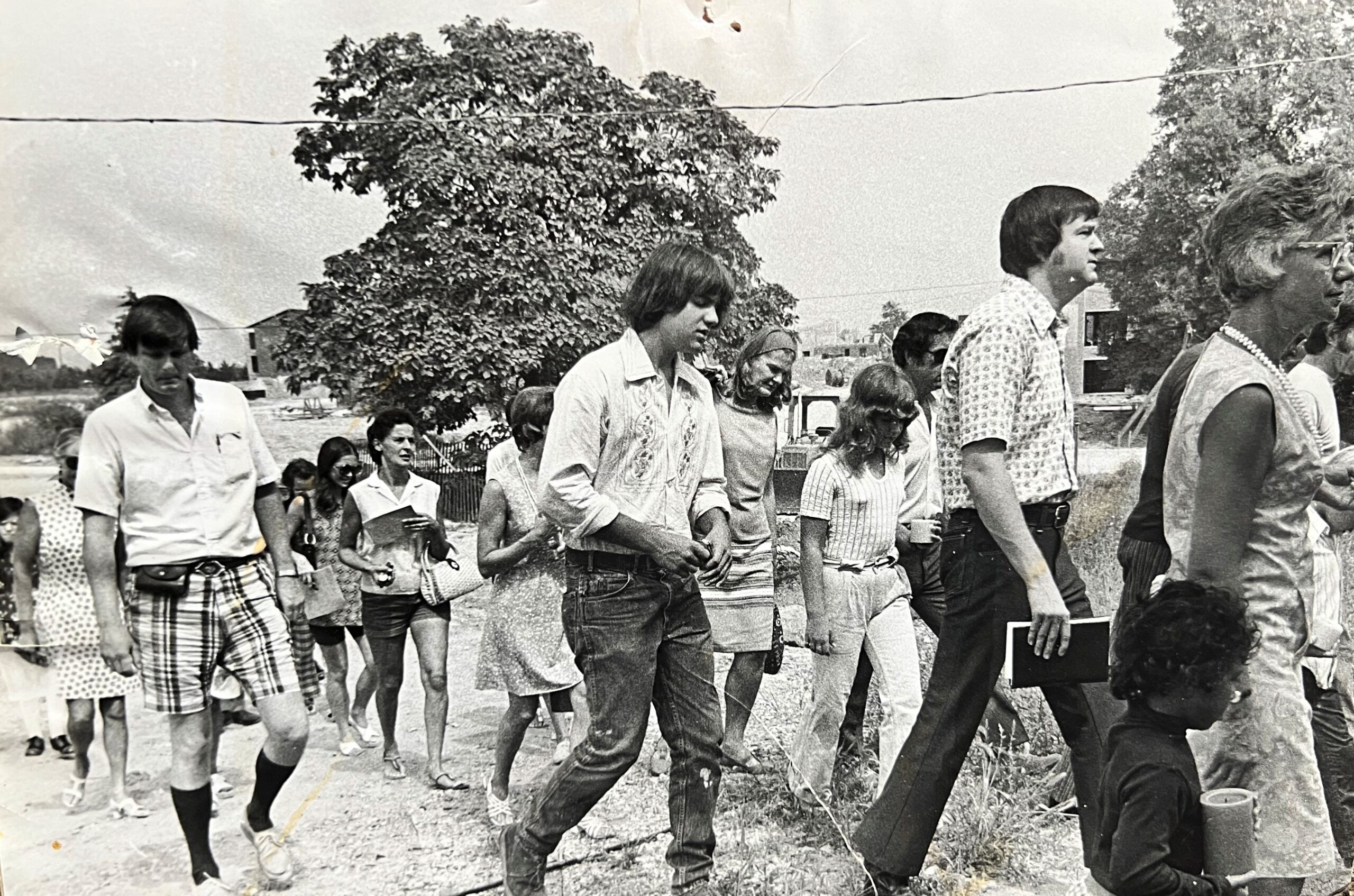
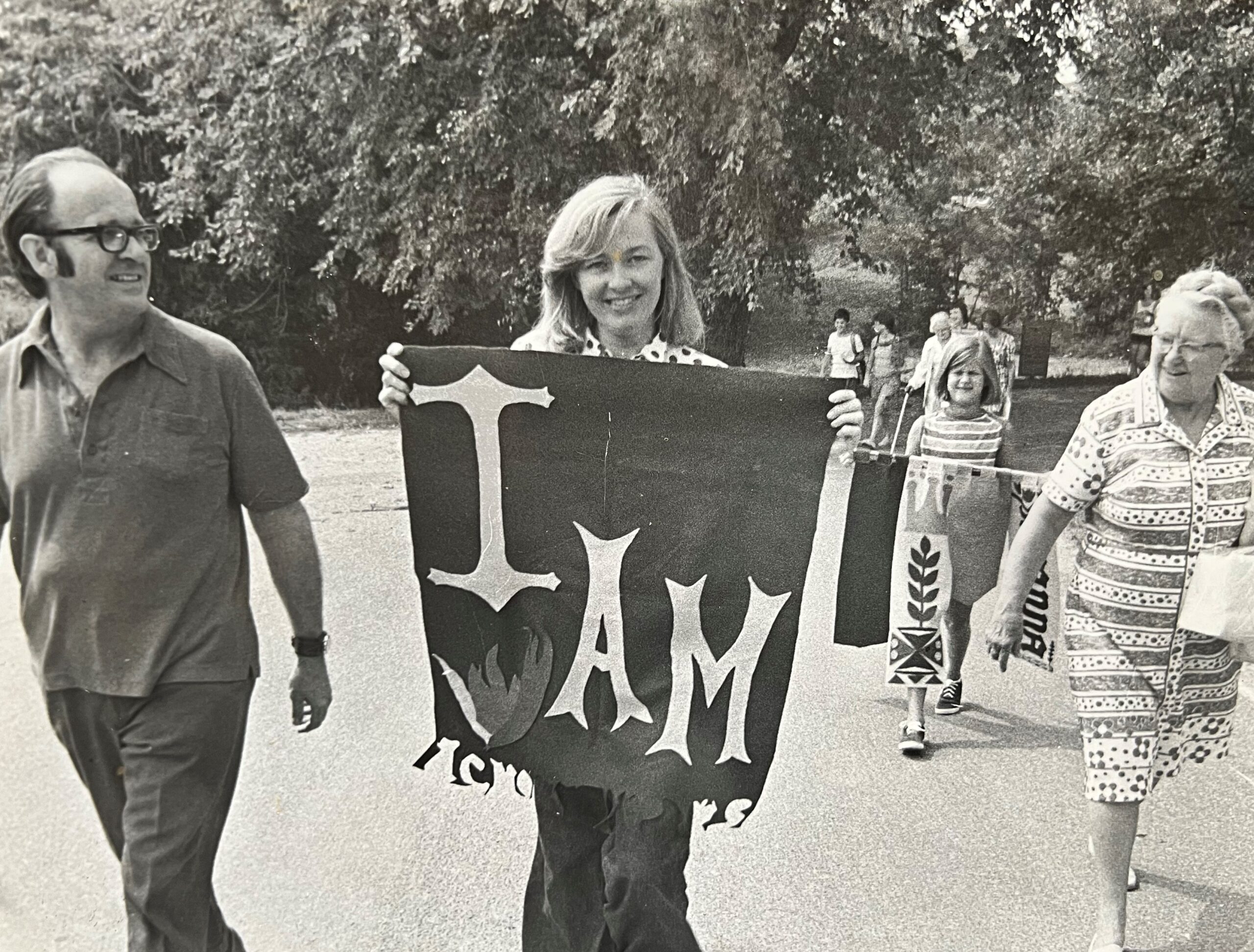

That renovation began on Labor Day 1973. There was so much to be done. It was difficult, often back-breaking work, with much of it handled by church members.
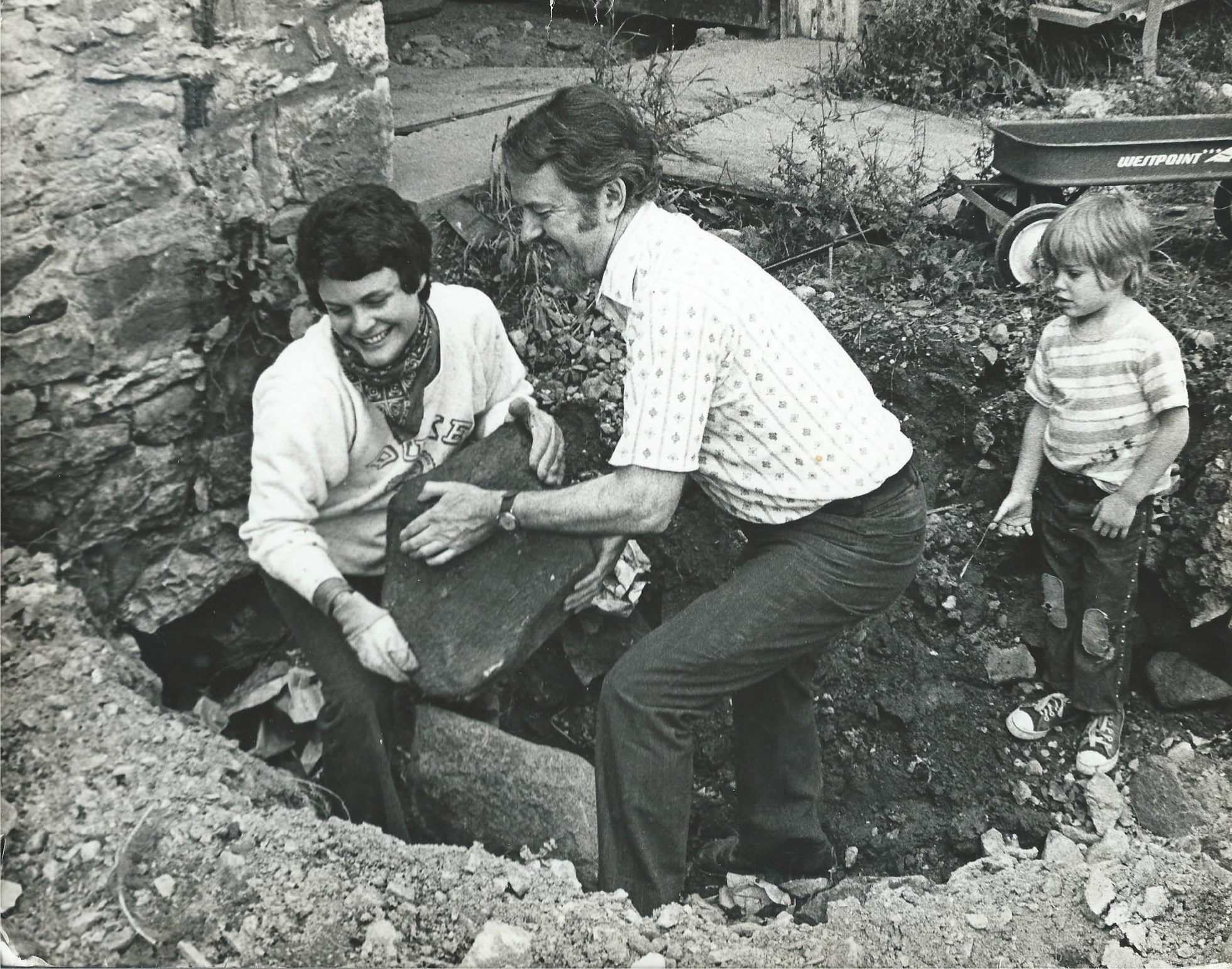
There were unused walls to knock down, trenches to be dug for pipes and ductwork, a concrete floor to be poured, a roof to fix, and heavy boulders everywhere that had to be removed.
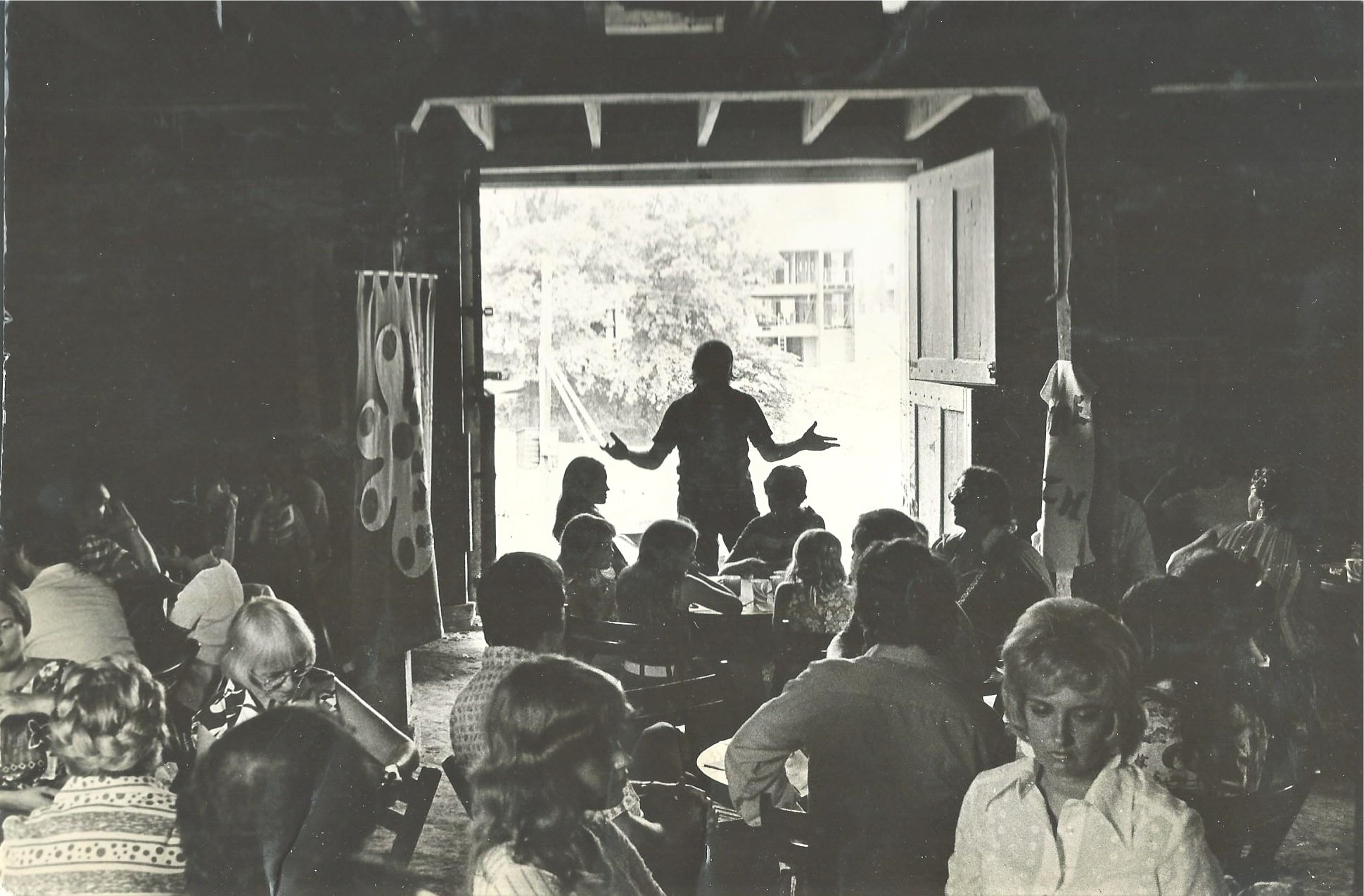
During the three and a-half year renovation, Sunday worship services were held on a dirt floor downstairs - often without heat, air conditioning or electricity.
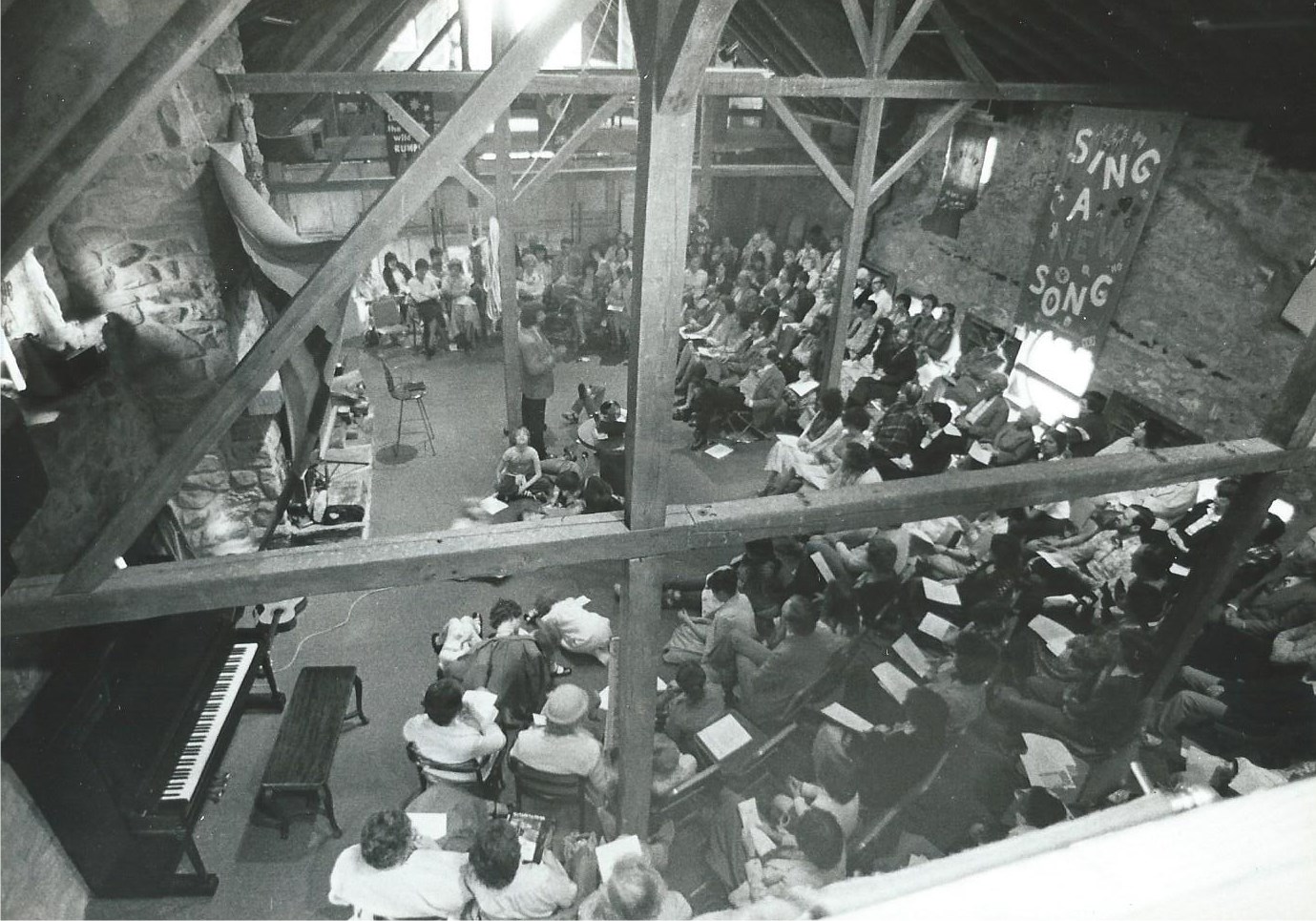
But then on Easter Sunday, April 10, 1977, the work was complete and KC held the first worship service in its new upstairs sanctuary.
In 2008, an elevator was added to help stair-challenged people and event vendors access the upstairs.

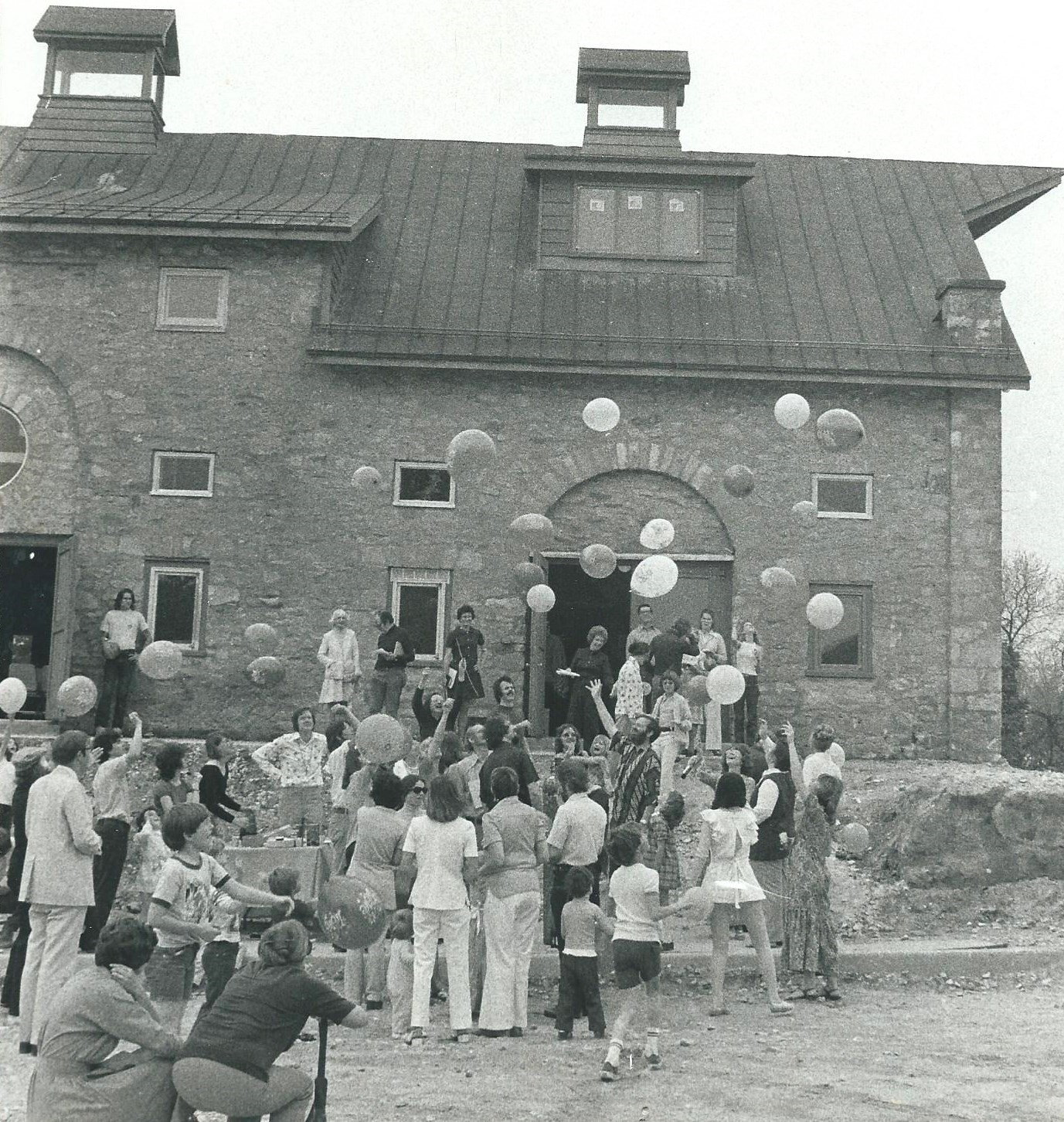
Since its beginning, Kittamaqundi Community has welcomed everyone who comes together here for worship, meetings, parties and other events.
All are part of our "KC family," cherished for their unique oneness. We believe there are many paths to God, and it doesn't matter how you got here - only that you are here!
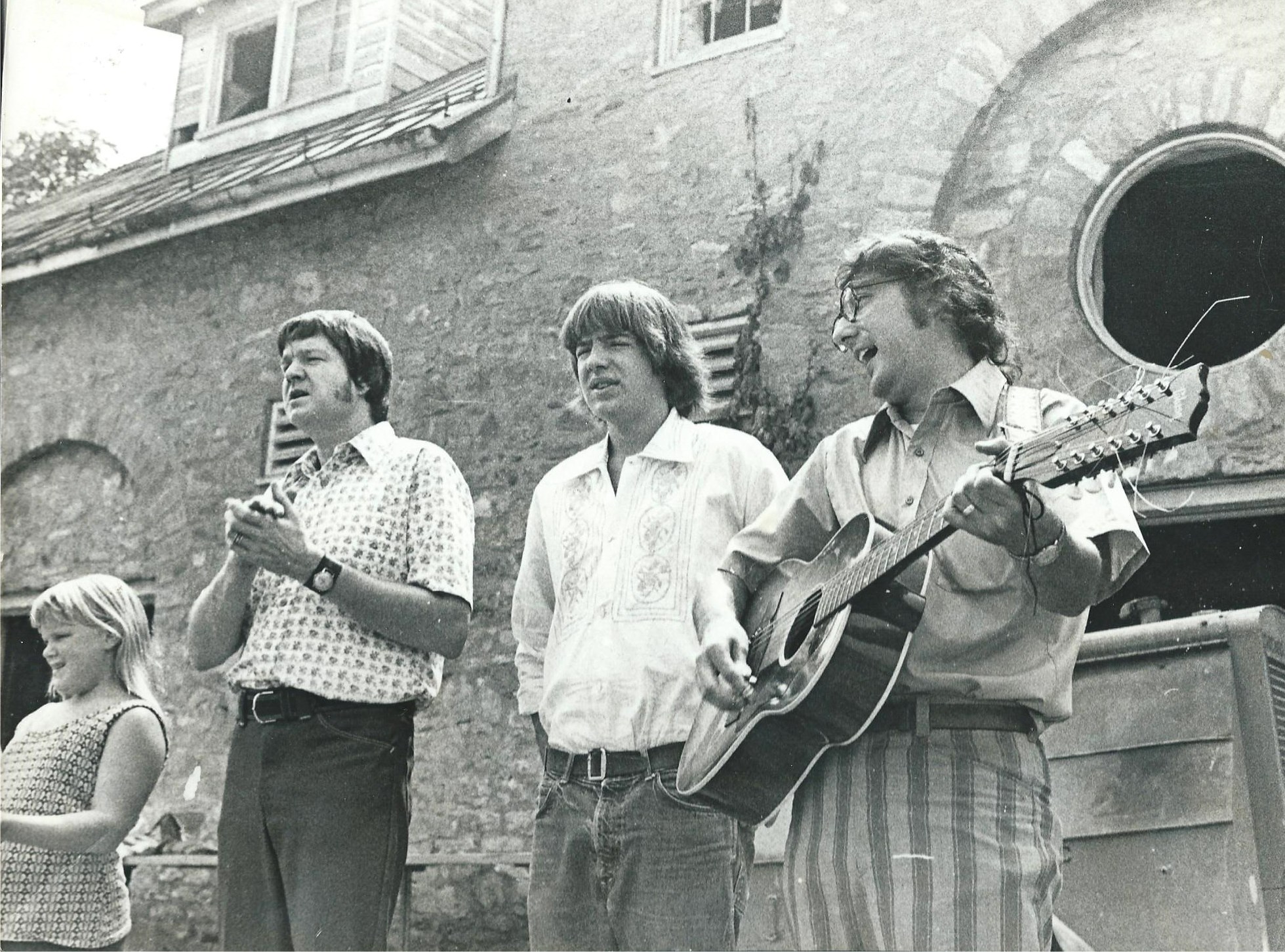
We have diverse roots, with members who grew up Catholic, Baptist, Methodist, Unitarian, Mennonite, Jewish and nearly everything else. We value the gifts these traditions have brought to the faith community we are today.
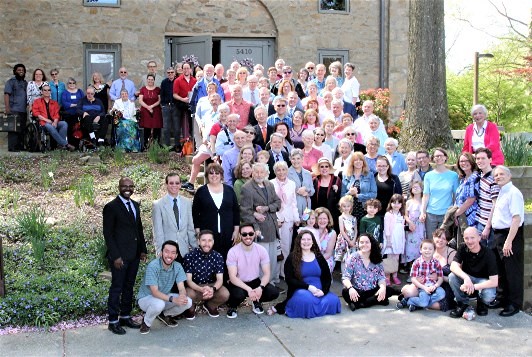
 Want to hear more about the Carriage House renovation? Come on this fascinating history tour given by our founding minister, Rev. Jerry Goethe, recorded in 1993 on the 20th anniversary of the start of renovation work.
Want to hear more about the Carriage House renovation? Come on this fascinating history tour given by our founding minister, Rev. Jerry Goethe, recorded in 1993 on the 20th anniversary of the start of renovation work.
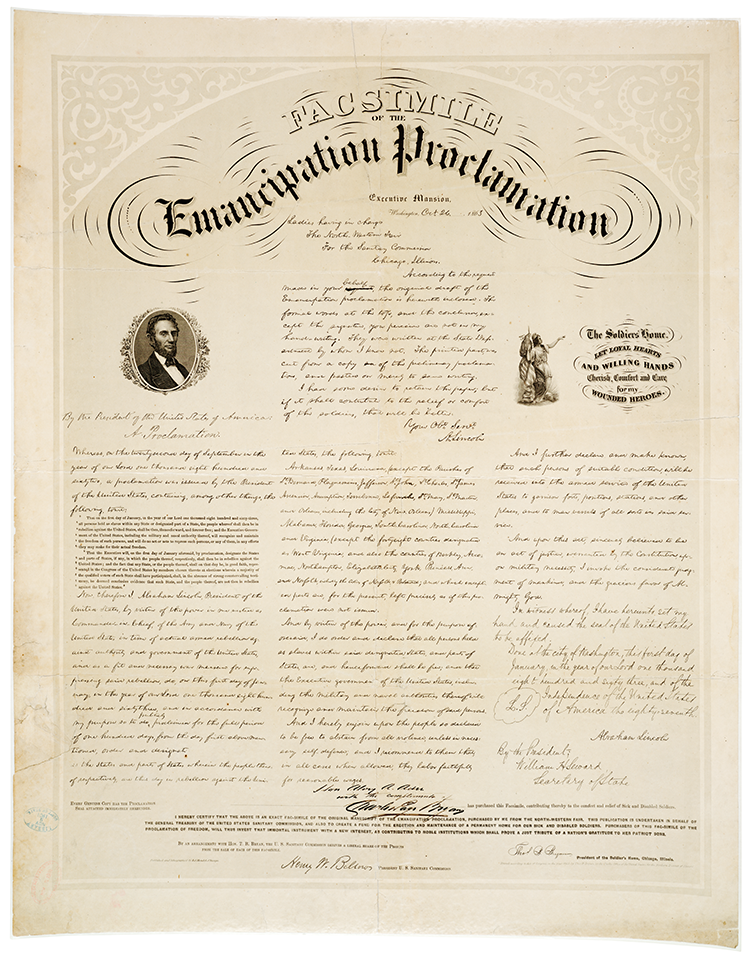

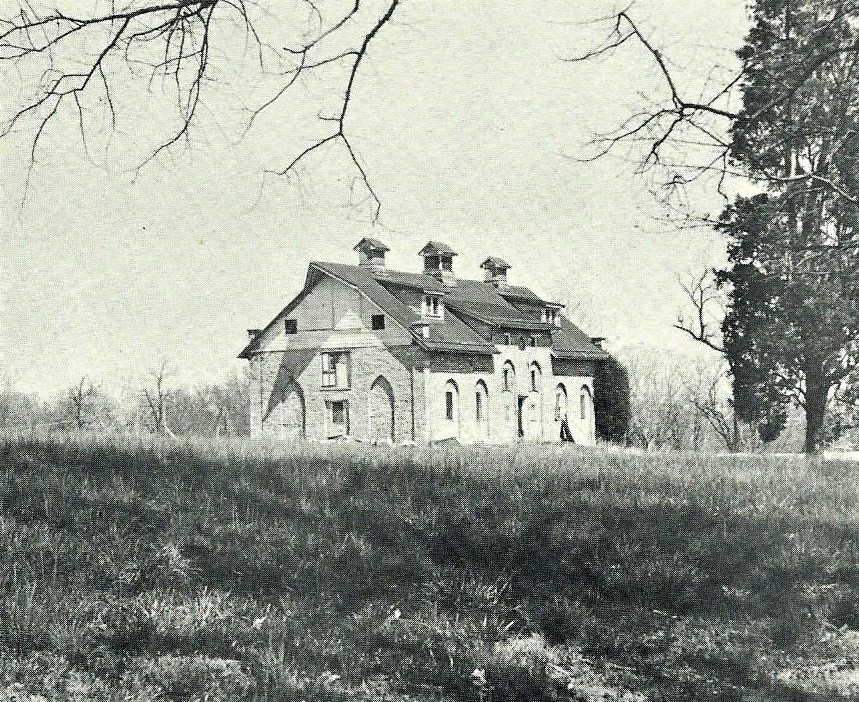
Lincoln's Emancipation Proclamation did not cover slavery in the so-called border states, including Maryland.
For more than 200 years, until the state outlawed slavery in 1864, white landowners in Maryland enslaved people of color to work on their plantations.
Charles Sterrett Ridgely, a slave holder and future speaker of the Maryland House of Delegates, owned 2,300 acres on which Oakland Manor and its nearby Carriage House were built in 1811.
The property was sold in 1825 to Robert Oliver, a slaveholder and co-founder of the Baltimore and Ohio Railroad. Even though the Oliver family owned the property for just 13 years, the Oakland carriage house was thereafter known as "Oliver's Carriage House."
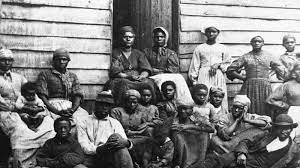
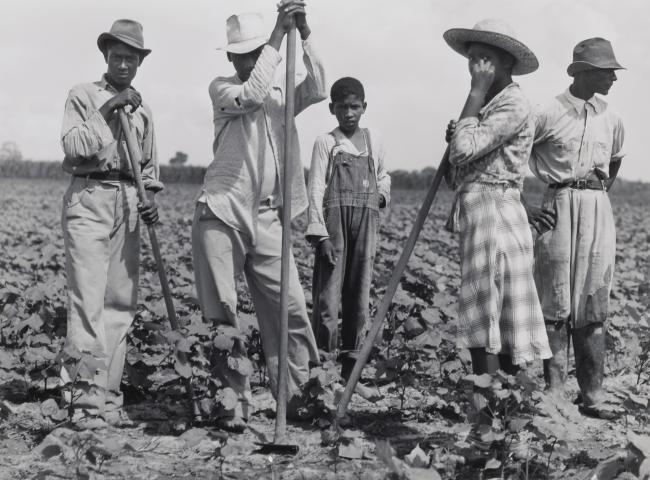


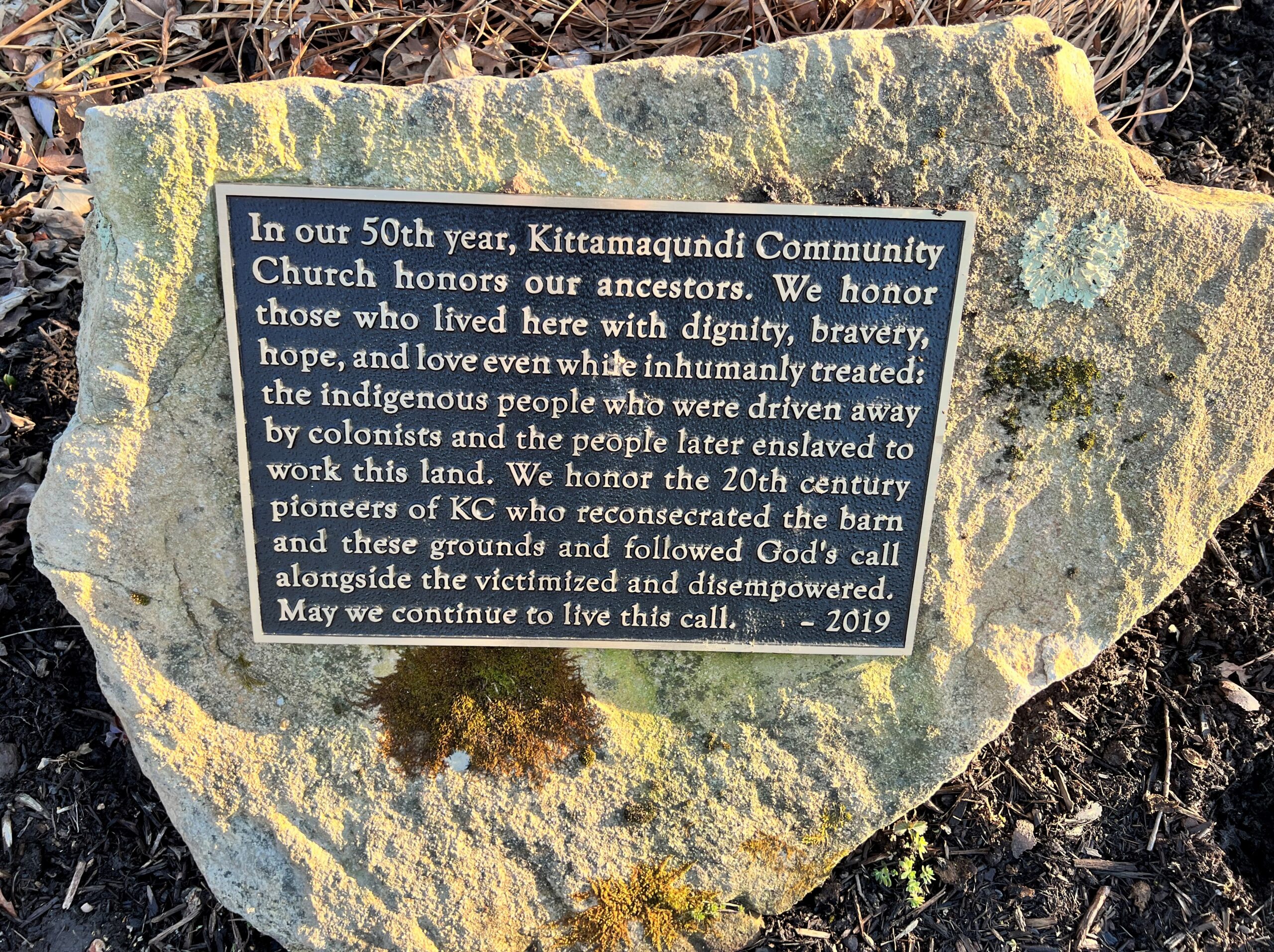
Kittamaqundi Community Church has since rededicated its beloved home as
"The Carriage House," removing the Oliver name, and with immense gratitude for the enslaved people who built this incredible wood and stone structure.
We don't know all their names, but we will forever honor them and treasure this place we call home.
- There are so many unique characteristics of worship at KC -
Monthly Worship Task groups that plan Sunday services, a time of Community Response during each service, the Clown Ministry, original music and poetry, theater, interpretive dance, the "Carriage House Pickers" band, our Sacred Garden and so much more.
When the pandemic forced our Worship Services online, we gratefully saw our congregation grow as people from outside Maryland joined us on Zoom. In June of 2021, we began offering a hybrid worship experience - with people in the Carriage House sanctuary and those continuing to view our service online.
One of the most unique features of The Carriage House is this large, hand-made metal cross that rests above the fireplace in our sanctuary. It was designed and crafted by Jack Dunlavey, who welded together pieces of historic "debris" found around the grounds. Click the photo to hear Jack talk about the inspiration for the cross.
We call our pastor the "Enabling Minister" because of our history as a call-based congregation. Part of the enabling minister's role is to support and shepherd KCers as they seek to discern God's call in their lives. Calls change, the world is ever-changing, and our lives are ever-changing. We have been so blessed over the years to be a part of so many wonderful ministries sparked by individual calls.
Since KC's founding, we have had four full-time Enabling Ministers:
• Jerry Goethe, from 1973 to 1999.
• Becca Stelle, from 2001 to 2004.
• Heather Kirk-Davidoff, from 2005 to 2017.
• Claire Matheny, who joined us in 2018.






